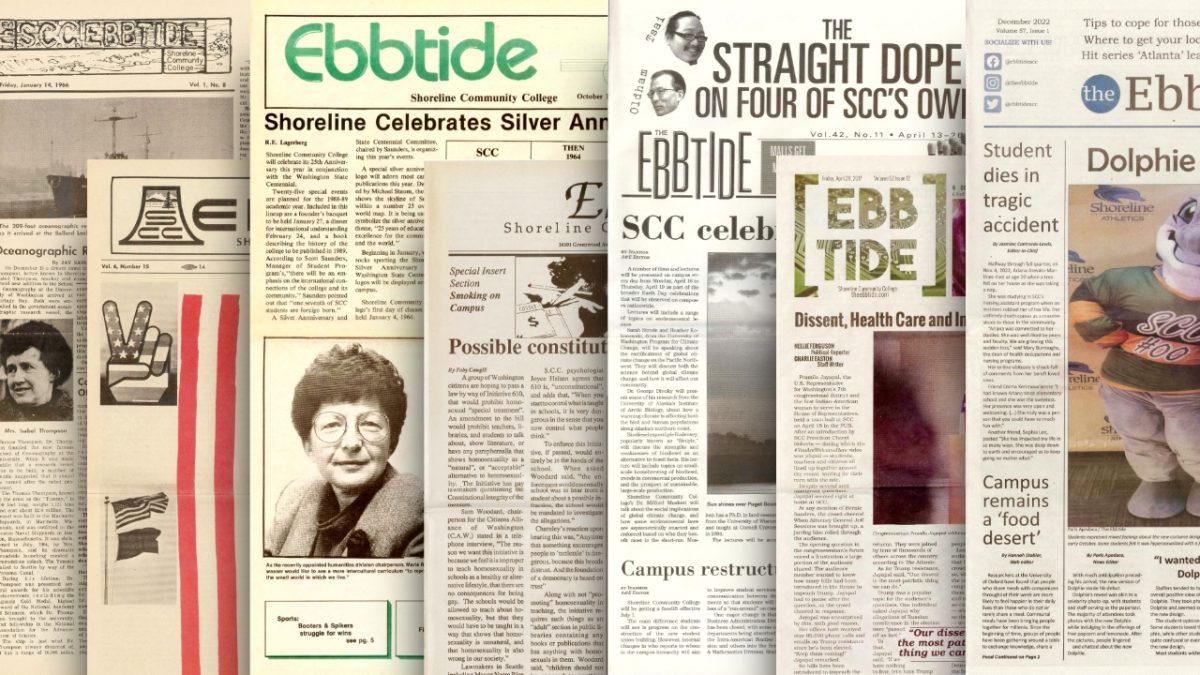Rates of academic dishonesty have increased over the last several years, as students gain access to new, more technologically advanced resources and the pressure for better, if not perfect, grades increases. According to a 2012 New York Times article about cheating, “generations of research has shown that a major factor in unethical behavior is simply how easy or hard it is.” And cheating certainly is easier nowadays.
The rise of portable devices and the internet have made it simple to copy and paste entire essays, find homework answers and sneak unauthorized materials into tests. No school is immune to cheating — numerous scandals have erupted over the past few years at high-profile schools like Harvard and Stanford. The pervasiveness of academic dishonesty is why the Ebbtide has decided to explore the issue more through this spread. Read on and find out more.
Statistics:
33% of undergraduate students reported “learning what is on a test from someone who has already taken it.”
1 in 10 (or 11%) undergraduate students reported “copying from another student on a test/exam without their knowledge.”
1 in 10 (or 10%) undergraduate students reported “helping someone else cheat on (a) test.”
41% of faculty reported seeing students copy off of other students’ tests without the other knowing.
(Statistics from Rutgers University)
-Areeya Tipyasothi







